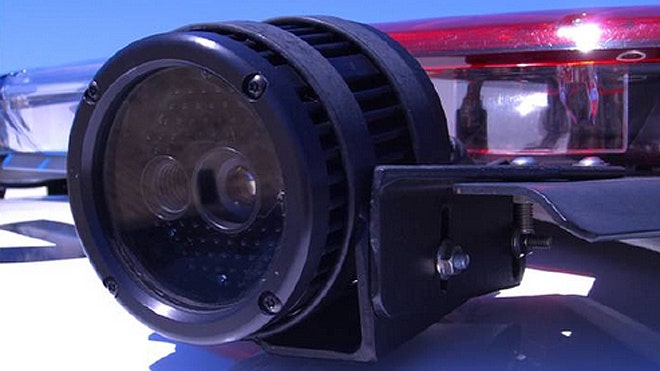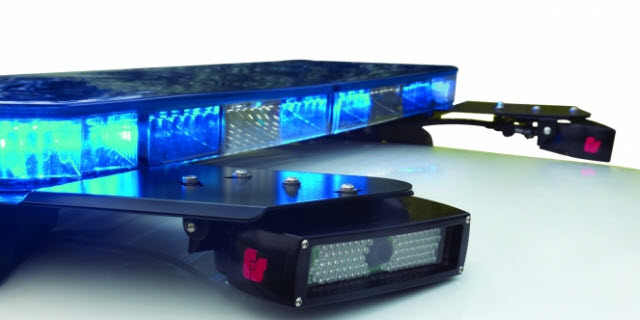
More About ALPR Surveillance
Two nights ago we were honored to speak in front of a group of private investigators at the San Fernando Valley C.A.L.I. (California Association of Licensed Investigators) district meeting. Not only was our presentation well-received, but we learned a few things ourselves.
A portion of our talk focused on a fairly new law enforcement surveillance technology called ALPRs, or Automatic License Plate Readers. One of the attendees at the meeting was a California Highway Patrol officer who gave us great insight into how ALPRs are utilized in the field.
ALPRs work by scanning thousands of license plates a minute. And ALPRs are everywhere: Intersections, highways, tolls, bridges, tunnels, on police cruisers and even on public works vehicles such as school buses, street sweepers and garbage trucks. This surveillance data is then compiled into a massive digital database, and seeing as your license plate is recorded everywhere you go, law enforcement is able to put together a pretty clear picture of what you are up to on a daily basis.

The officer showed the group an application on his smartphone that gives law enforcement instant access to the ALPR surveillance database, allowing officers to search any license plate at any time (on or off the clock). The resulting information is referred to as a “Hot List,” and tells law enforcement where you live, exact locations that you often frequent, license plate numbers of cars that are often in close proximity to yours, and where those people live and frequent as well: An endless spiderweb of personal information right in the palm of their hand. How ALPRs work and what they are capable of is no secret, the information is out there and we’ve seen it being marketed at trade shows, but it was truly remarkable to hear the officer speak about it first-hand.
 Say the officer comes across a suspicious person with an out-of-state license plate? Well, by plugging in the license plate, the officer will immediately be able to find the drivers home address, wherever that may be. From there, it’s just as simple as following the ALPR data-trail to see when the driver arrived in-state. Once the trail is established, the officer is able to put the pieces together and figure out what in-state license plate numbers are associated with the out-of-state driver, giving the officer a very good chance of now finding that driver.
Say the officer comes across a suspicious person with an out-of-state license plate? Well, by plugging in the license plate, the officer will immediately be able to find the drivers home address, wherever that may be. From there, it’s just as simple as following the ALPR data-trail to see when the driver arrived in-state. Once the trail is established, the officer is able to put the pieces together and figure out what in-state license plate numbers are associated with the out-of-state driver, giving the officer a very good chance of now finding that driver.

However, the officer made it a point to say that if any officers are ever caught using the database for personal use, such as to track down a pretty girl they met at the bar for example, that termination is immediate. The officer also said that the California Highway Patrol in particular is notorious for being very strict when it comes to investigating and disciplining those who abuse this power.
On one hand, this surveillance technology is absolutely fascinating. But on the other hand, there’s no denying that it is truly frightening that it’s that easy to track and learn about everyday citizens, either criminal or law-abiding. This is the world we live in now, though, and the ALPR surveillance technology will only continue to improve. Therefore, it’s important that we as citizens stay up to date and are aware of the surveillance methods that are out there. Because Big Brother is indeed watching…and listening…and taking notes.